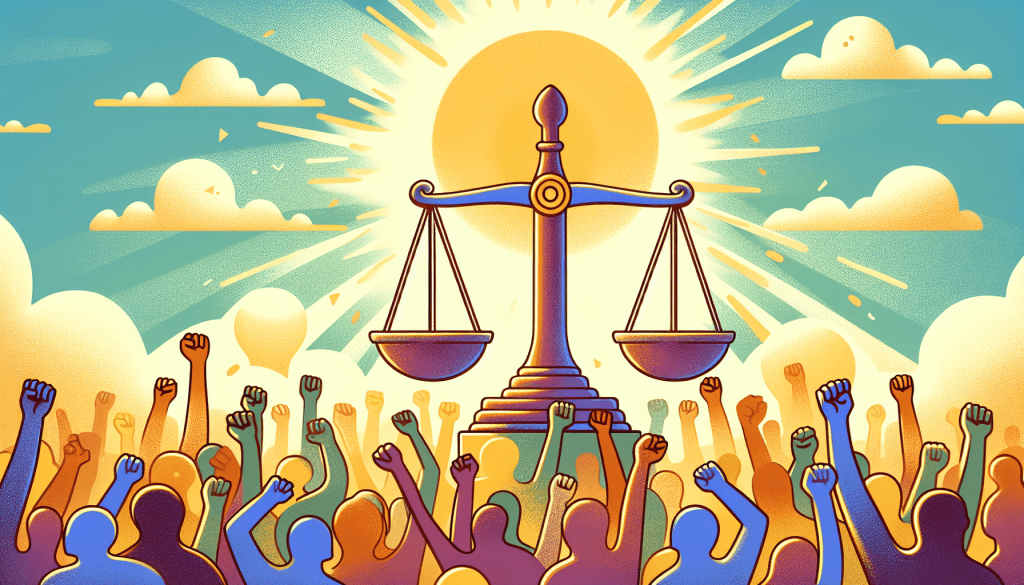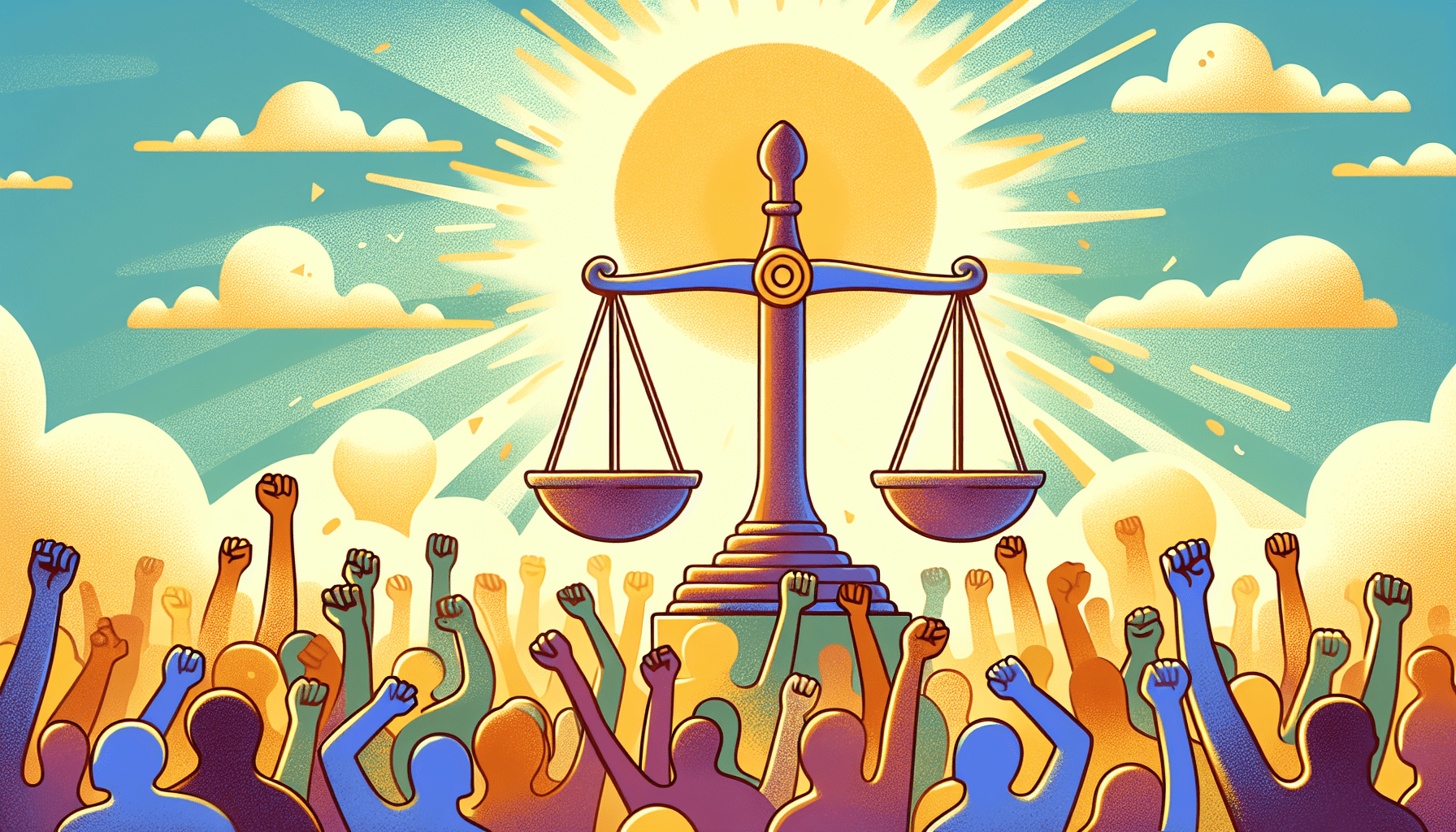/ Nov 30, 2025
Trending


The blockchain and cryptocurrency space has been a rollercoaster ride in recent years, and one of the most pivotal events recently is Ripple’s legal battle against the Securities and Exchange Commission (SEC). Ripple’s partial victory in this case has reignited optimism not only for Ripple but also for the broader crypto industry. This milestone represents a defining moment for regulatory clarity and could shape the future of blockchain innovation. In this article, we analyze the key updates surrounding Ripple, the implications for the industry, and what lies ahead.
Ripple Labs, the company behind the XRP cryptocurrency, has been embroiled in a legal dispute with the SEC since December 2020. The central issue revolves around whether XRP should be classified as a security. The SEC alleged that Ripple raised over $1.3 billion through XRP as an unregistered security, while Ripple argued XRP functions as a cryptocurrency, rather than a security tied to any centralized entity.
This legal battle not only impacted XRP’s market performance but also raised questions about how regulatory bodies classify digital assets. For years, insiders and investors alike have been uncertain about the future of crypto investments due to the lack of consistent regulatory frameworks.
In a decision that sent shockwaves throughout the crypto space, a U.S. District Court recently ruled in favor of Ripple in certain aspects of the case, stating that XRP sales on public exchanges do not constitute an investment contract. This ruling signifies that XRP is not inherently a security when traded on secondary markets, providing much-needed clarity for Ripple and crypto exchanges listing XRP.
However, the ruling was not entirely favorable to Ripple. Institutional XRP sales were deemed to potentially qualify as unregistered securities offerings. This split ruling acknowledges the nuanced nature of different transaction types within the crypto ecosystem and underlines the importance of transaction context in future regulatory discussions.
The news of Ripple’s partial legal victory sent the price of XRP surging. The token saw a sharp increase in market capitalization, reaffirming its significance within the cryptocurrency market. Ripple also regained momentum as a company, with CEO Brad Garlinghouse expressing confidence in Ripple’s ability to thrive amidst challenges.
Additionally, the court’s acknowledgment of Ripple’s arguments gives the company a stronger foundation to pursue further growth initiatives, especially in global markets. Ripple’s payment solutions built on XRP Ledger are likely to see renewed interest from financial institutions seeking fast, efficient cross-border payment solutions.
Ripple’s partial victory has set an important precedent, highlighting the distinction between cryptocurrencies used in retail transactions and securities sold via institutional contexts. This ruling has implications beyond XRP, offering hope for projects like Solana, Cardano, or Avalanche, which are also navigating regulatory uncertainty.
From a market perspective, the Ripple case may encourage exchanges to relist XRP and facilitate broader adoption. The clarity also helps institutional investors, who often hesitate to invest in crypto due to vague regulatory guidelines.
Importantly, the case may pressure regulators to establish clear policies rather than rely on enforcement actions. Industry leaders have long advocated for a regulatory framework that protects consumers without stifling innovation. This watershed legal event may catalyze productive dialogue between regulators and blockchain stakeholders.
Globally, regulatory attitudes toward cryptocurrencies continue to evolve. In Europe, the Markets in Crypto-Assets (MiCA) framework seeks to provide comprehensive oversight for digital assets. Meanwhile, jurisdictions like Japan, Singapore, and the UAE are emerging as crypto-friendly hubs by striking a balance between regulation and innovation.
The United States, however, remains a battleground for crypto regulation. The Ripple case exemplifies the difficulties faced by blockchain firms in navigating inconsistent and sometimes adversarial regulatory approaches. As companies increasingly consider relocating to friendlier jurisdictions, the U.S. risks stifling its leadership in blockchain technology unless improvements are made.
Ripple’s legal journey highlights the urgent need for Congress to pass clear crypto laws that align with technological advancements. Collaborative frameworks between regulators and the blockchain ecosystem could ensure consumer protections without impeding the potential of blockchain-based economies.
Ripple’s partial win is not the end of the road. Both Ripple and the SEC can appeal aspects of the ruling, and the final legal resolution may take time. In the meantime, Ripple is likely to focus on expanding partnerships and strengthening its global presence. For instance, Ripple’s growing traction in Asia and the Middle East aligns with increasing demand for blockchain-based payment systems in these regions.
For the blockchain industry, Ripple’s outcome reinforces the importance of proactive compliance and transparency. Digital asset projects must work harder to ensure that their operations align with regulatory expectations to prevent legal roadblocks.
Beyond the legal drama, Ripple continues to innovate on the technical front. The XRP Ledger (XRPL
Stay ahead with Blockchainooz! Get daily updates on industry insights, market trends, and innovative blockchain technology—all in one place. Perfect for enthusiasts and investors looking to make informed decisions in the ever-evolving world of blockchain and crypto.